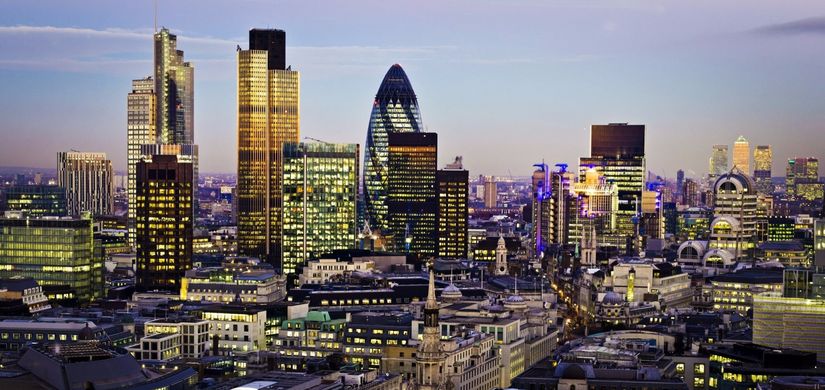

London is just behind at 89% – although the major international hub at Heathrow is slightly ahead at 95%.ĭespite an uneven return of tourists, data suggests London remains one of the highest profile and most talked about cities. Paris is also leading slightly ahead with airport passenger numbers at 90% of 2019 levels, while New York hit 32 million in the first quarter, up 4% on pre-pandemic levels. Air BnB occupancy, a key indicator of tourist demand, shows London reached 65.4% in April, in line with New York (65.7%) but significantly behind Paris (77.6%) and Berlin (76.7%).

The report shows that London risks falling behind its global rivals in attracting international visitors.

Our analysis aims to promote a better understanding of the UK capital’s (largely economic) performance on the world stage and presents an empirical analysis of London based on data across a range of sectors. The research, undertaken by Centre for London and featuring data from Oxford Economics and ING Media, tracks London’s performance against its key global city peer cities of New York, Paris, Berlin and Hong Kong. Bill.This is the seventh Global Cities Survey from the London Property Alliance (LPA). "It is a similar story in other more affordable areas of east and north London, where strong demand has rippled outwards and, in many cases, driven a wider regeneration story," added Mr. More: Fancy Having The ‘Downton Abbey’ Creator As Your Next-Door Neighbor? Eight of the 10 London districts that have seen the strongest price growth of more than 50% since their previous peaks fall within easterly or south-easterly postcodes. In East London, in areas such as Homerton and Stoke Newington, it was a similar story. "While the safe-haven appeal of prime central London meant prices grew strongly after the financial crisis, the regulatory landscape has since got tougher, and growth of 32.7% is exceeded by areas that include Herne Hill and Brockley," Mr. "It may surprise some to know that house prices in parts of southeast London have grown by more than prime central London since 2008," Tom Bill, Knight Frank's head of London residential research, said.


 0 kommentar(er)
0 kommentar(er)
